I have been saying the micro is a really good camera for getting into video astronomy, and now it is even easier by providing everything in this kit you need to get started.
http://remotevideoastronomy.com/1/post/2014/12/-portable-remote-video-astronomy-setup.html
I wish this had been available when I began Video Astronomy. This is a great kit! Here is the MallinCam link for more information about the kit.
http://www.mallincam.net/micro-series.html
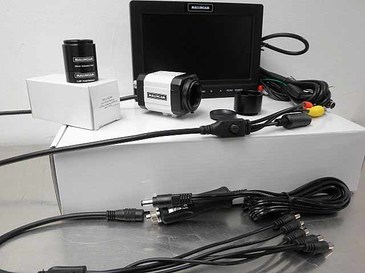
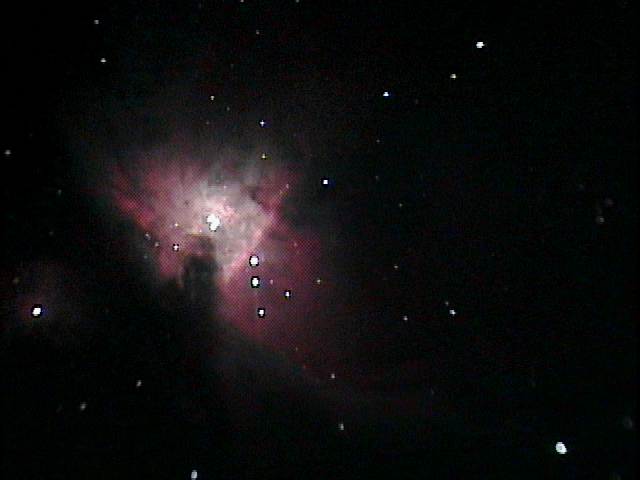
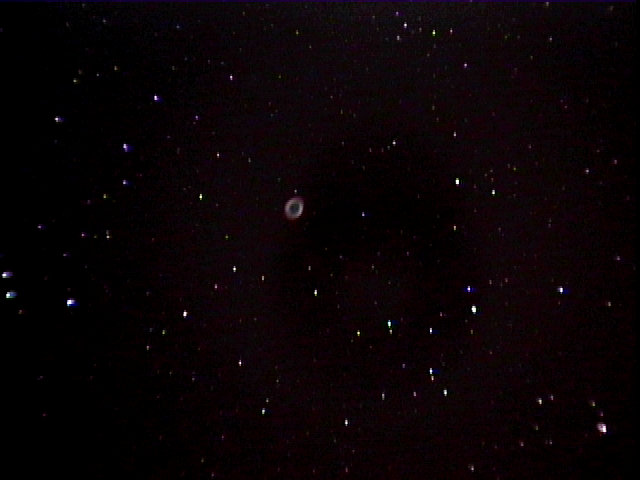
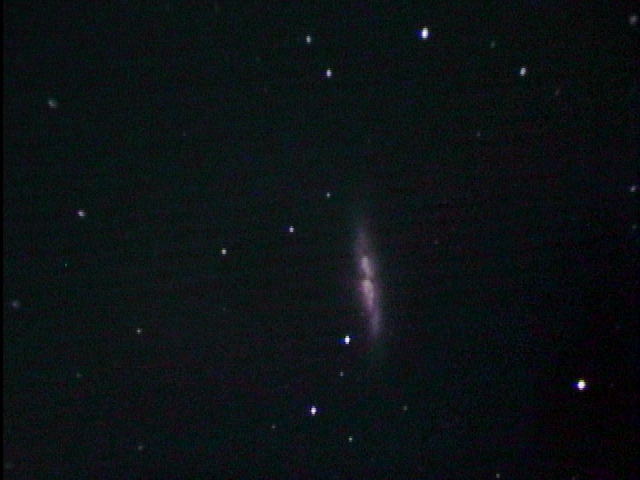





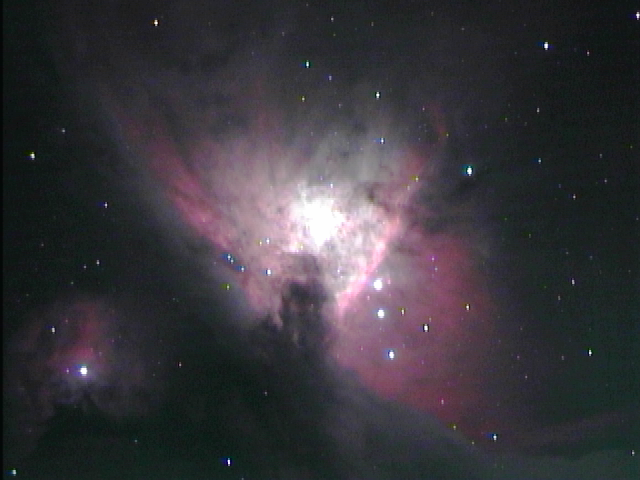
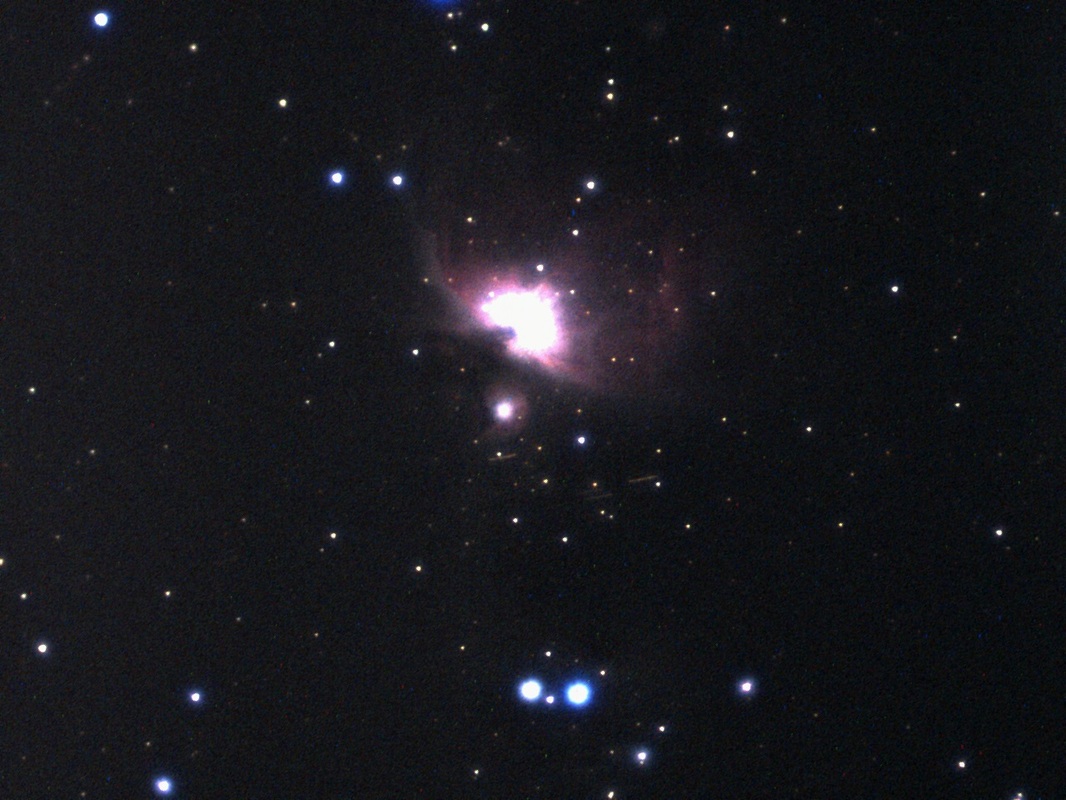
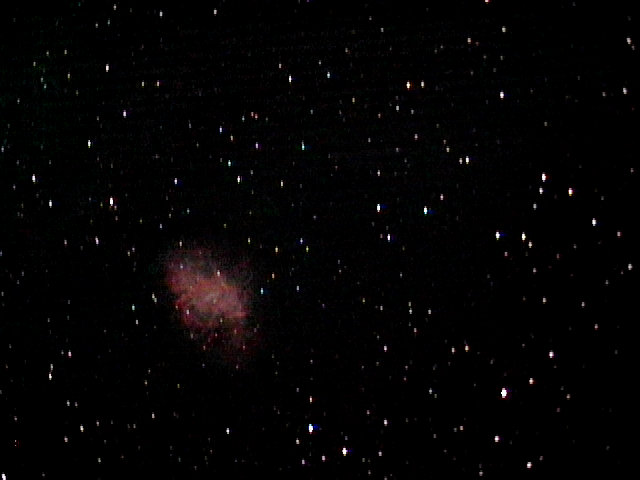
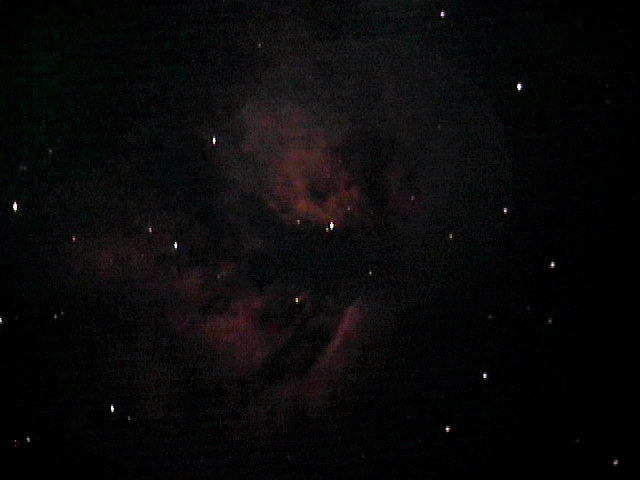
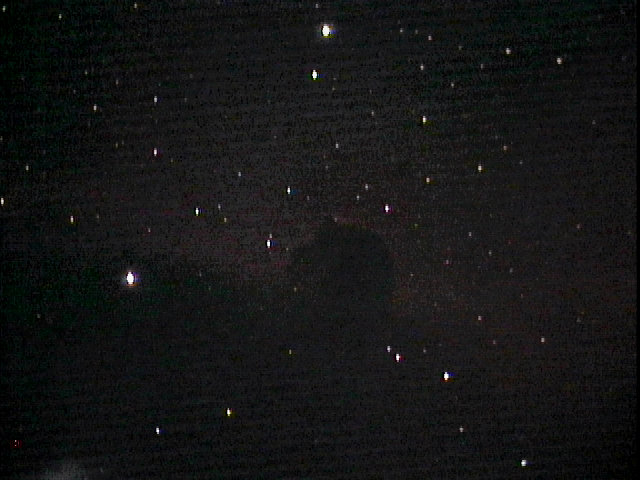
 RSS Feed
RSS Feed